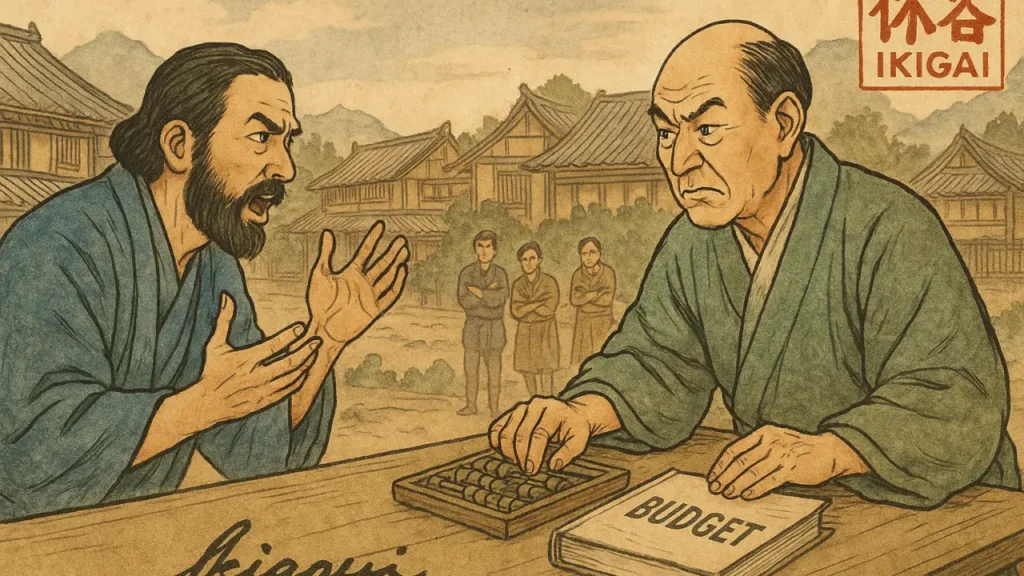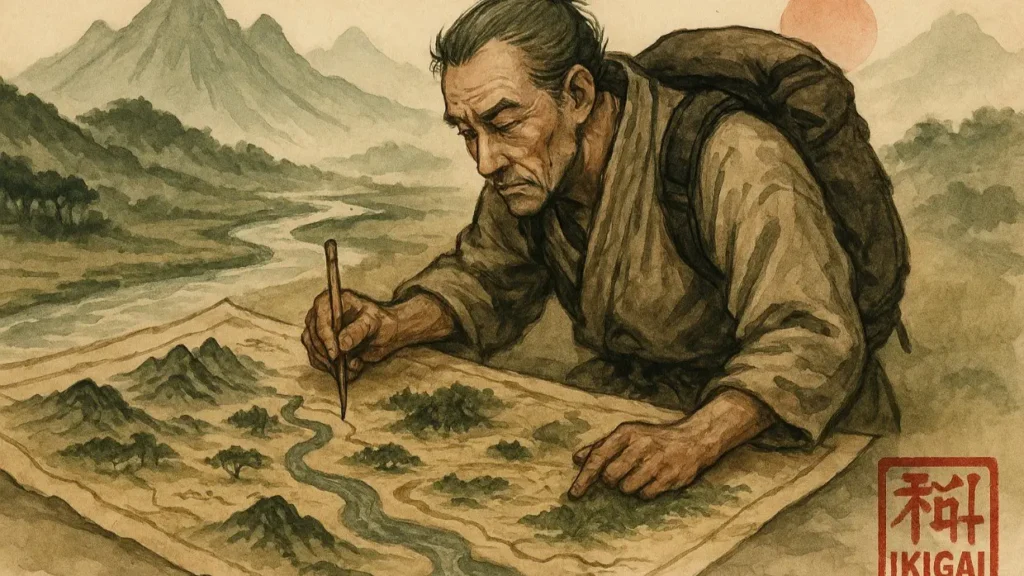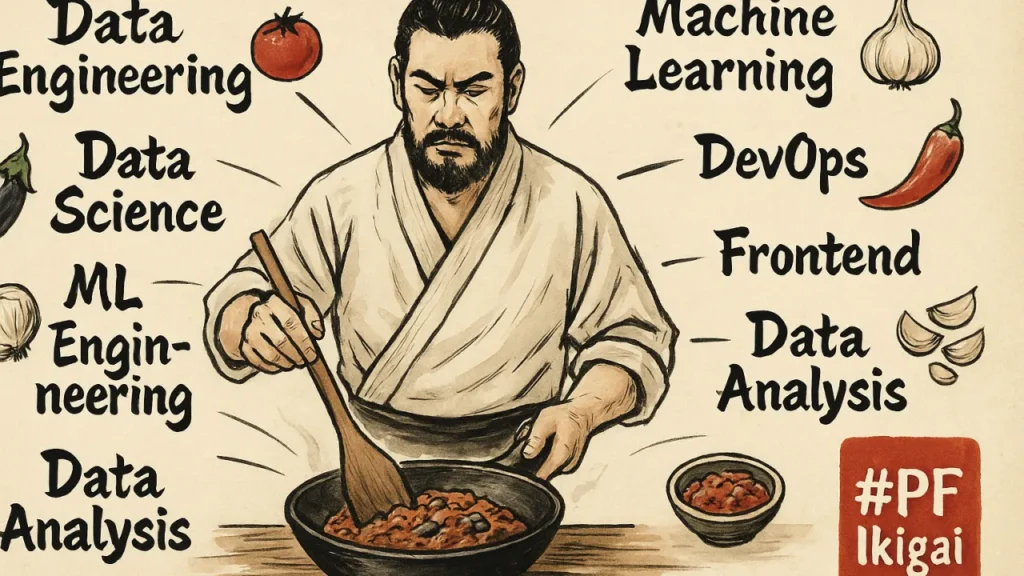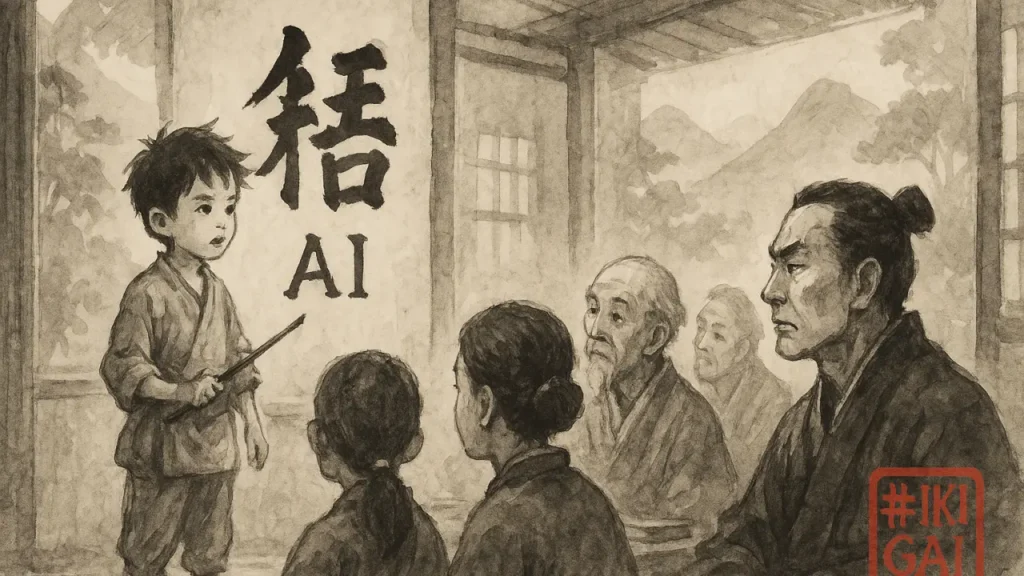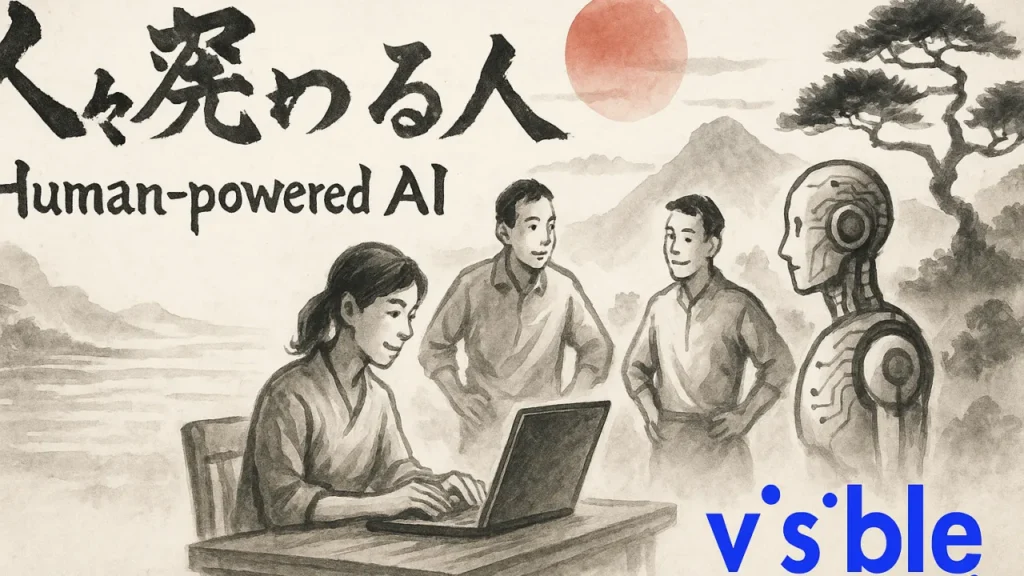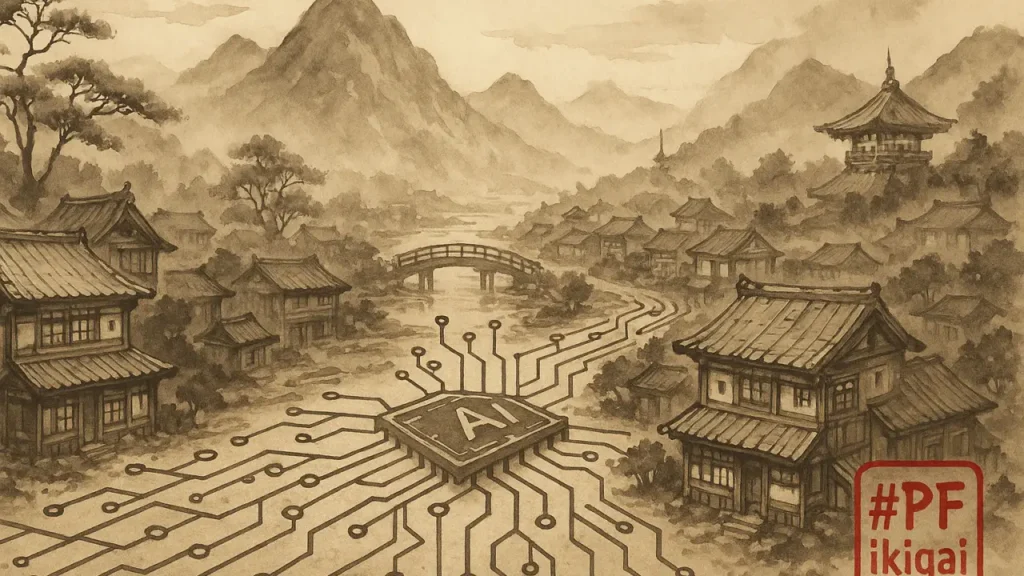Tech Writers at PF
For decades, there’s been a prevailing belief in engineering leadership: hire more senior people, and your platforms will get better. More experience. More reliability. Fewer mistakes. But if there’s one thing AI is forcing us all to do, it’s question old assumptions—and this is one of them.
Because the truth is: in AI, seniority is being redefined.
The Tools Are Young—and So Are Many of the Experts
When you look at the wave of innovation happening in AI today—whether it’s with open-source model fine-tuning, vector search, retrieval-augmented generation (RAG), or custom orchestration pipelines—most of the hands-on work is being led by engineers with fewer than five years in the industry. These are the builders who’ve grown up coding with copilots. They debug with ChatGPT in one tab and build agents with LangChain in the other. And they move fast—not because they’re reckless, but because the tooling allows them to.
And yet, that’s only half the equation.
You still need deeply seasoned engineers who’ve seen platforms fail, who understand what it takes to build for scale, who know the governance, the edge cases, and the long tail of data complexity. You need people who’ve weathered platform rewrites and know when to push back on a feature request because the foundation isn’t ready yet.
But if you want to build an AI-native organization, you can’t just double down on “seniority.” You need proportionate teams—with just enough experience to lead and just enough curiosity to challenge.
A Lesson From the Frontlines
At Property Finder, one of our most surprising discoveries came not from our most seasoned engineers, but from our youngest researchers.
As part of our AI internship program—launched under the Ikigai initiative—we’ve partnered with top-tier institutions like UC Berkeley and the University of Toronto. These aren’t internships for checkbox summer projects. These are deeply embedded research efforts that sit within our real production roadmap.
And the impact has been remarkable.
In less than six months, we’ve surfaced insights from our 20-year proprietary dataset—patterns, embeddings, and trust signals—that even our most experienced teams hadn’t fully explored. Not because the seniors lacked skill, but because the fresh eyes and full focus of these new researchers allowed them to dig deeper. They weren’t burdened by legacy assumptions or a full sprint backlog. They had space to explore—and they uncovered gold.
We’re not ready to share the full results yet, but what’s clear is this: the right junior talent, with the right focus and mentorship, can be senior for the moment at hand.
What It Means to Build a Real AI Team
This is why I always push back when I hear companies proudly announce: “We’re hiring 50 AI engineers.” It reminds me of a restaurant that decides to cook Pho for the first time by only ordering broth and noodles.
If you’ve ever made real vegetarian Pho from scratch—as I did during my years at Microsoft in Redmond, after falling in love with the dish at the campus cafeteria—you know that the magic isn’t in one ingredient. It’s in the balance of over 20 subtle ones. The slow roasting. The patient layering. The harmony of textures.
AI teams are like that. You need data engineers, model builders, MLOps engineers, backend services, front-end delivery, UX designers, business translators—and, increasingly, software engineers who can build and deploy small models themselves. If you’re only investing in “AI engineers” or “data scientists,” your dish will fall flat. Guaranteed.
The Role of Engineering Leaders Has to Evolve
And here’s the real challenge: most engineering leaders haven’t adjusted their hiring or org design playbooks to match this new reality.
It’s no longer enough to just hire “seniors.” You need to build depth—not just in people, but in functions and intent. You need senior platform engineers who can enforce data security and reliability. But you also need early-career engineers who are hungry to train their first RAG model on domain-specific data.
You need software engineers who can own small AI loops—and data scientists willing to coach them, rather than gatekeep.
The job of the CTO and the Head of Engineering is no longer to just scale teams. It’s to balance the recipe.
This New World Belongs to Explorers
In my own journey—whether rebuilding Prime Video’s recommendation system for 180 countries, leading data access and transparency APIs for 2.5 billion users at Meta, or now helping scale Property Finder’s AI backbone—I’ve always found that the best product decisions come from teams that blend curiosity and context.
If you’re an investor or board member reading this, my advice is simple: look beyond the titles. Ask: Who here has actually shipped an AI product from scratch? Who has built—not just managed—a functioning ML pipeline? Who knows how to protect data and model safety at scale?
The resumes that matter now aren’t just from big tech. They’re from builders—explorers—who’ve navigated ambiguity, created something out of nothing, and turned AI from promise into product.
That’s what we’re doing with Project Ikigai.
We’re not just hiring. We’re assembling a platform-wide orchestra—seasoned where it needs to be, scrappy where it must be, and deeply committed to scaling AI with intent.
Because the next wave of AI won’t be built by passengers. It will be built by explorers.
